TRAIN SMART AND HARD
INTRODUCTION
We’ve all heard of classic cases of athletes who just simply do too much in one day or one week.
A real life example of an amateur boxer's daily training routine before they come to train with us at Ethos Performance..
1.5 hours on the rower,
THEN 11km run @ 5:00/km
SIt Ups + Push Ups + Shadow Boxing
Fig 1. Stress-Recovery Adaptation Model
THIS WAS COMPLETED BEFORE 8AM!!
Of course, working hard in training is important and this is necessary for optimal performance during competition. However, training smarter simply has to do with structuring training week BETTER so that you have adequate recovery. Training is the stimulus for your body to adapt and without recovery, that adaptation never occurs. One way that you can help to plan your training better is by monitoring your training load.
WHAT IS TRAINING LOAD?
Before we dive any further, let’s define training load.
Training load: the total amount of stress placed on the individual over a duration of time (generally weekly or monthly).
There are different types of training load. The two main types are:
External training load: load associated with physical work. E.g the . number of sprints and total distance run.
Internal training load: load associated with biological processes. E.g. Heart Rate, Rate of Perceived Exertion (RPE).
HOW CAN WE TRACK TRAINING LOAD?
For amateur athletes and semi-professional athletes, most do not have access to external training load measures e.g. GPS Systems. Therefore, monitoring internal training load is what is generally recommended as they are mostly low cost, feasible or free. One of the easiest ways to monitor training load for free is through RPE.
Using RPE, training load can be calculated by the intensity of a session (out of 10) multiplied by the duration (the more specific the better). This should be done for every session and should be categorised into your main training practices. E.g. strength, technical work, sparring.
Fig 2. GPS Wearable Device. This is generally used to monitor external load in team sport environments.
Fig 3. WHOOP Device. Can be used to monitor internal load and recovery based on HR data.
Fig 5. Screenshot of WHOOP Recovery Status Display
Fig 4. Example of an athlete’s training load. Coloured zones represent standard deviations of 0.5 increments.
Colur code: Green = Low Days, Yellow = Medium, Red = High Days
For the most accurate reflection of training intensity, reporting should be done at least 10-15 minutes post session so there is enough time to reflect on the full session rather than recollection of the last drill of the session (which is usually the hardest part).
Provided you’re diligent enough with recording your training load, you can uncover quite a bit of information about your training patterns.
An alternative method to measure internal load (provided your willing to invest) is measurement through common wearable devices. For example, the WHOOP device provides information on your recovery status. This is determined by your heart rate varialbiity, resting heart rate and sleep quality. Although this data can sometimes be misleading, this information definitely provides the athlete with greater awareness of how they are recovering from training and competition.
WHAT TO LOOK FOR?
The main things to look for are whether the athlete is including both high and low days in training. If you want to be a little more sophisticated with your data then you can use averages for the last 3 weeks to give you a better indiciation as to what you do on average.
Red flags would include: sessions always the same (high training monotony), sessions always in the red (high training load) or sessions always in the green (not training hard enough).
As shown in Fig 3. the athlete has distinct differences in training loads with “high” days and “low” days.
WHAT TO DO WITH THIS INFORMATION?
This information can be used to monitor both your training volume, intensity and recovery. Additionally, by understanding the structure of your week, this allows you to better plan for strength and conditioning work. i.e. placing strength and conditioning days on higher days of the week whilst saving low days for recovery work. Overtraining and training monotony can also be identified if the training load is consistently high with limited fluctuation. An example of how you might use this data is if you observe that you’ve had multiple high days in a row then it is most likely appropriate to dial your training back to allow the system to adapt and recover.
CONCLUSION
Hopefully you’ve gained some valuable takeaways after reading this article. Remember that if you’re injured then the time lost from this injury takes away from your time to practice your craft. This article shows the importance of keeping tabs on your training so that you are able to have longevity within your career as an athlete. Some of the strategies contained within this article are able to be easily implemented. However, should you require more assistance with training monitoring the ETHOS team can definitely help you out!
Want a full program of training concepts just like this that will turn you into an elite athlete?
Get two weeks of our world-class online program 100% free. Simply click the button below.





